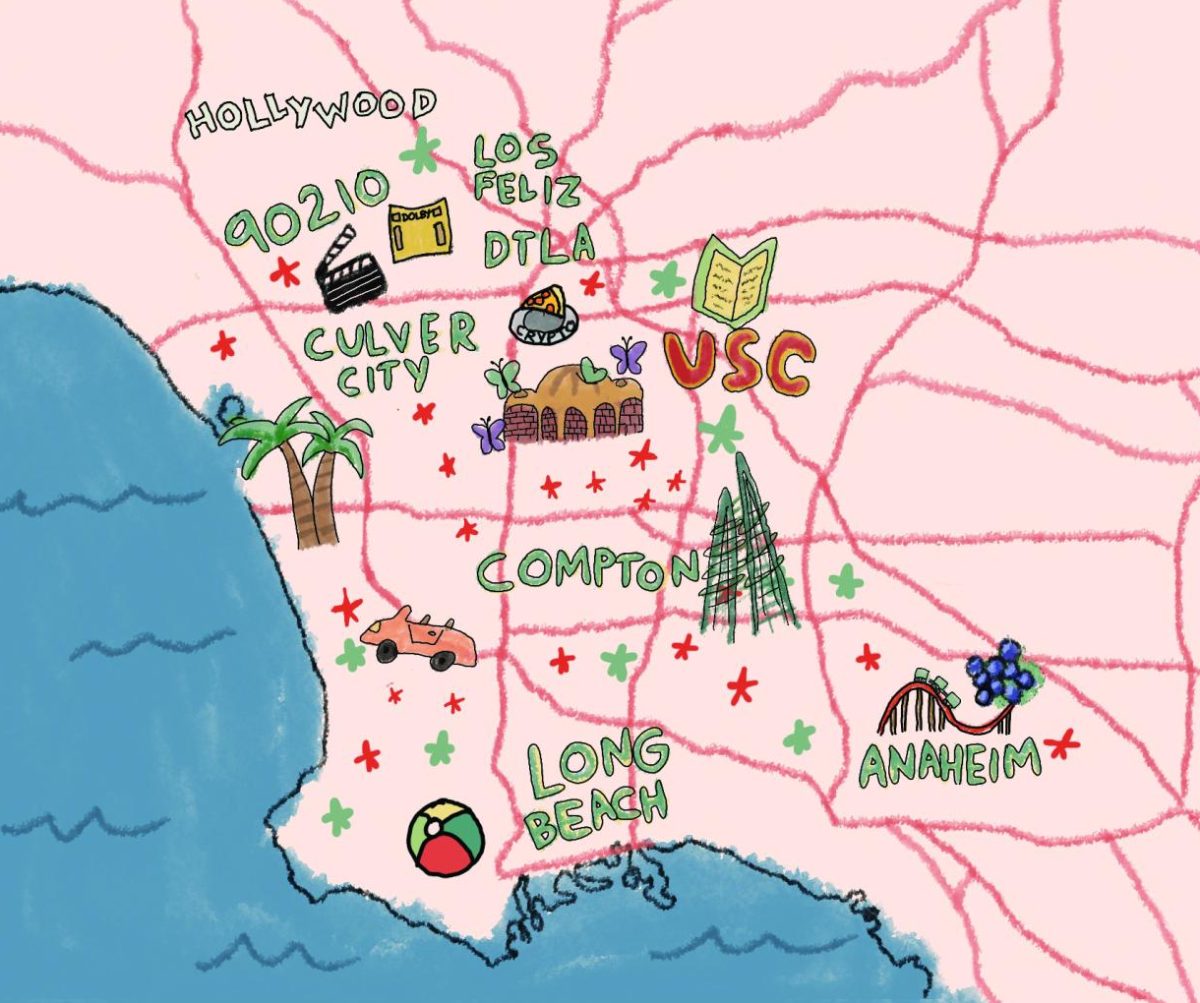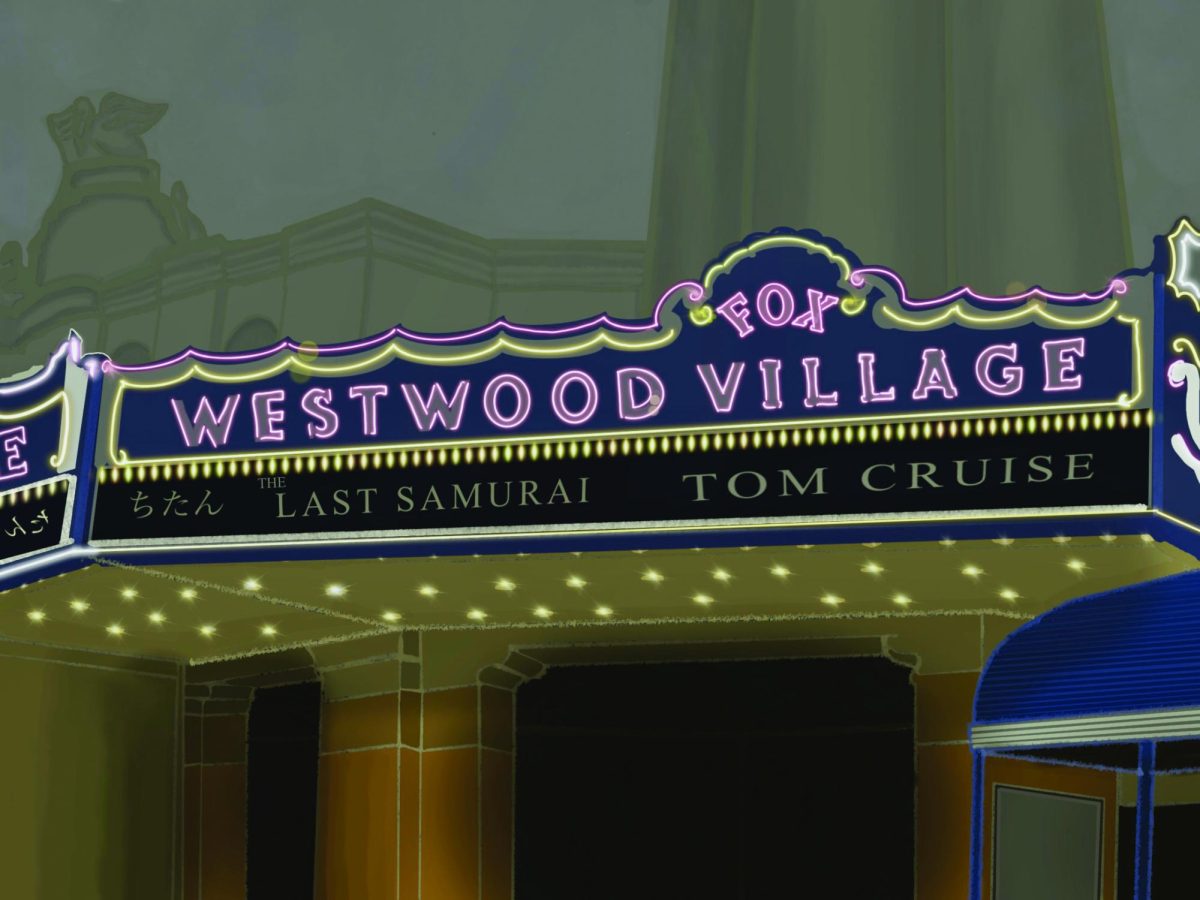“What do you think of when you think of Mary Caswell?” Archivist Peter Chinnici said. “We think of her as this austere, foreboding person, but she wasn’t that at all.”
Chinnici recently traveled to Maine and Washington D.C to research Marlborough’s founder Mary Caswell, collecting facts and documents, retracing her steps and trying to piece together the little information we have of her to keep the School’s archives up to date.
“We’re taking this stick figure and giving it some flesh and bones,” Chinnici said.
While most schools do not place very much importance on their founders, Marlborough students, faculty and administrators frequently mention Caswell in speeches, letters and articles. The Class of 2012’s Mascot presentation featured an entire scene of Caswell, played by Chloe Cassens ’12, waving her arms around in a ghostly white, floor-length dress.
“Mary Caswell is such a perfect woman that it’s hard to even imagine someone like her existing,” Catherine ’13 said. “She’s a good resource to use as an ideal because you won’t find a woman like her today.”
Head of School Barbara Wagner always speaks highly of Caswell’s achievements and often quotes her when speaking to parents, students, faculty or prospective applicants.
“As you know, I mention Mary Caswell often,” Wagner said. “It was her vision that is the most impressive to me.”
Caswell attended Bridgton Academy and Fryeburg Academy in Maine, as well as Freehold Seminary for Young Ladies in New Jersey, and moved to Los Angeles in February of 1888. In March of 1888, she opened up Mrs. Caswell’s School for Girls in Pasadena, and the following year opened St. Margaret’s school, also in Pasadena. Mrs. Caswell’s School for Girls surprisingly managed to enroll 19 students, despite being founded the end of an academic year.
“Why would students leave the schools they were at to come to hers? She must have had connections to some of the students, and we’re trying to figure them out,” Chinnici said.
In 1889, Caswell founded Marlborough School. At the time, the School was located near where USC is today. Caswell moved the School to Hancock Park, then called the La Brea tract, in 1916.
Caswell left a strong impression on Katy Lain ’83, who researched our founder for a chapter of her M.A. thesis at CSU: Northridge, which she completed in October. Her paper, called “Creating a Class and Its Culture: Self-Made Women, Architecture, and the Development of Elite Suburbs and Institutions in Los Angeles: 1889-1930,” focused on the early social establishment in Los Angeles and the relationship between groups of elite women. Lain, with Chinnici’s help, looked into Caswell’s life and influence in Los Angeles.
“Her experience as an independent woman and foreign correspondent [traveling in Europe] reporting for a Maine paper thrilled me because I began my career as a journalist before moving back to Los Angeles to became an historian. [Caswell] was a beloved, if feared, figure in her time and a surrogate mother for some girls,” Lain said.
The information in Chinnici’s research is trickling down to students, parents and faculty. Every Wednesday, Chinnici sends out e-mails to the faculty and staff with short biographies of the previous Heads of School; last year’s subject was Mary Caswell’s daughter, Georgia Overton, and this year’s is Helen Mitchell.
“The [biographies] that are the most interesting are from a hundred years ago,” English instructor Brett Quimby said. “For me, one of the best things about Marlborough is the history here. It’s been around since 1889, which is a thousand years in Los Angeles time.”
Aside from Chinnici’s weekly emails, it is not yet clear how this new research will be disseminated to the School community at large.
“Will I put this in a book? Well, that’s for Marlborough to decide. I’m a researcher, not a writer,” Chinnici said. “It’s just like doing any sort of research. Sometimes you’re lucky and sometimes you’re not.”



